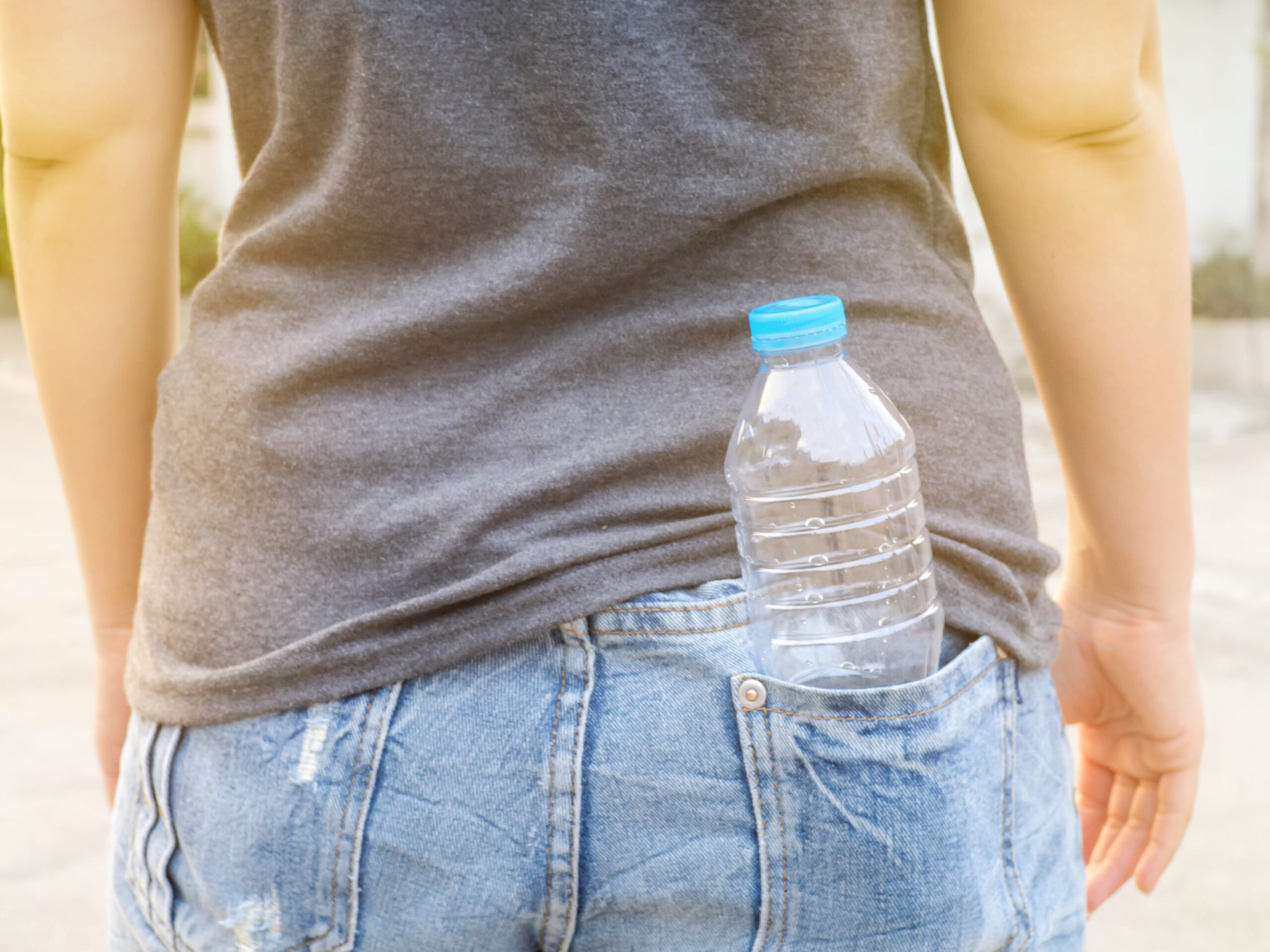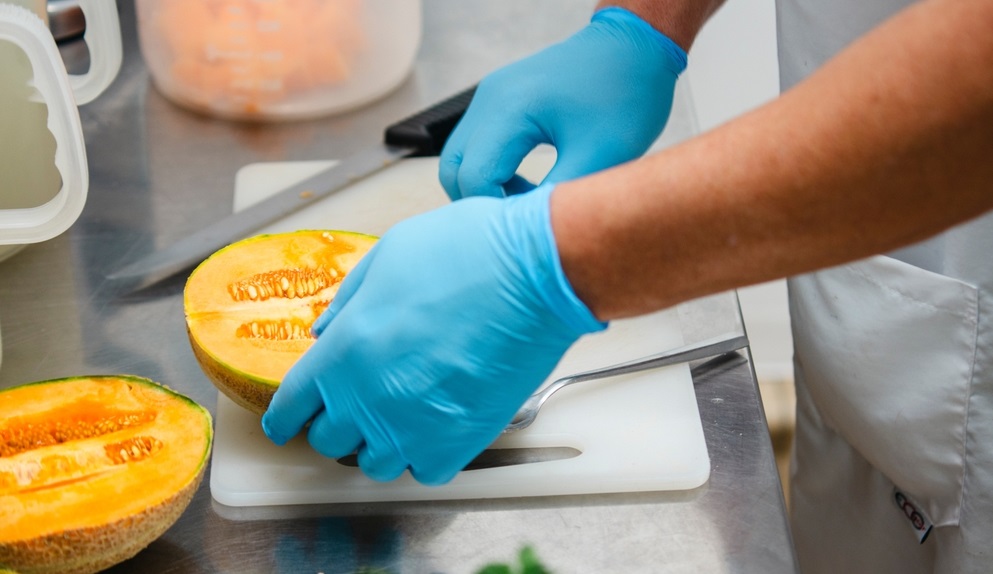Microplastics are released simply by opening a plastic bottle. Microplastics are plastic particles between 1 and 5000 micrometres in size. We ingest them through food and drink, but we also inhale them. The health effects of these particles are still unclear. Nur Hazimah Mohamed Nor, a researcher at Aquatic Ecology and Water Management, investigated how much we ingest and accumulate exactly.
On average, a person ingests one credit card (five grams) of plastic per week. That was the conclusion of a study by the University of Newcastle commissioned by WWF Singapore in 2019. The newspapers were full of it. For Mohamed Nor, it prompted her to dive into the journey of microplastics through the human body. Do we really swallow this much plastic?
A grain of salt
Mohamed Nor built a model to calculate how much microplastic you ingest through inhalation and eight foodstuffs of which the concentration of microplastics is known (fish, molluscs, crustaceans, tap water, bottled water, salt, beer and milk). According to her model, an adult ingests an average of 880 plastic particles per day, and a child under eighteen, 510 particles. Both children and adults defecate about the same amount of microplastic, namely 480 or 490 particles per day. The fact that a child loses as much as an adult could be due to its faster metabolism.
The model also calculated how much microplastic a person accumulates in the body up to the age of seventy. That comes down to just over fifty thousand particles – which sounds like a lot, but with a weight of 0.04 micrograms, it equals a fraction of a grain of sand. Therefore, you may take the bank card per week with a grain of salt. However, an important note: the foods in Mohamed Nor’s model cover only one-fifth of the amount of food you eat every day. For many products, such as cereals, rice, vegetables, fruit, meat and processed foods, the concentration of microplastics is still unknown.
Catch or release
A possible health risk of microplastics is that chemical substances (such as PCBs, polychlorinated biphenyls) hitchhike on the plastic and remain in the body – the so-called vector effect. Mohamed Nor simulated this process in vitro in a mock intestine. The absorption or release s on the chemical concentration in the intestine and the microplastic. If the concentration is higher in the intestine, the plastic absorbs the chemical and cleans the intestine. If the concentration is higher in the plastic, it releases the chemical into the intestine. The type of microplastic determines how quickly substances are absorbed or released. Her model showed that microplastics make only a small contribution to the chemicals to which our bodies are exposed.

 Photo Shutterstock
Photo Shutterstock 

